
Aquaponics, delivers the complete food purity package. Developed on the fundamentals of natural ecological cycles and their interrelated biomes, it is the only water based growing system that facilitates over 60 families of beneficial microbes. The system is integrally 100% free of chemicals, fertilizers and any synthetic nutrients. So much so, the use of them erodes the functioning of the system. The energy cycle originates from the fish, is activated by nature’s microbes and nurtured to cultivate crops that often exceed organic certification standards.
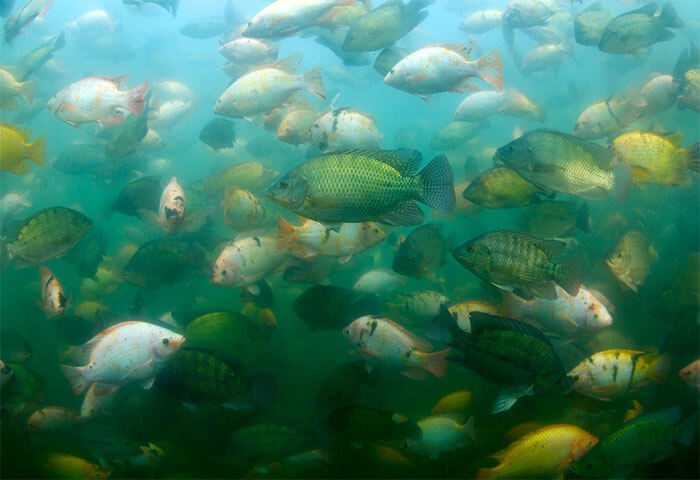
In Aquaponics, fish are the source of nutrients. Being primordial in their digestive evolution, fish occupy the lowest ranks on the trophic levels of the natural world. Not only does this make them the perfect digester, of complex protein and fiber, it also ensures that food going through their system is reduced to its most basic form. Ideally, this would be readily soluble, once ionized in the presence of microbial enzymes. This is the most suited for plant absorption unlike chemical fertilizers and nutrient cocktails used in hydroponics. However, the catch lies in the quality of the feed. The performance of an Aquaponic system is only as good as the quality of the feed going into it. Furthermore, fish are cold-blooded animals, which means they are not natural carriers of food poisoning microbes like salmonella or E-coli.
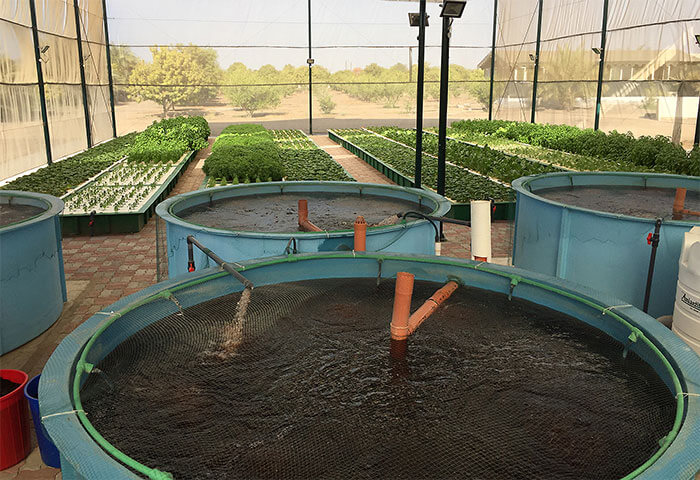
Inland fish farming, flow through or RAS, is a source of concern for environmentally detrimental effluent discharge. Aquaponics, is able to negate this concern and turn itinto an production mechanism. By design, it enables the complete re-circulation of the water discharged from the fish tanks leaving behind NO sludge. The aerobic digestion in the presence of naturally occurring microbiology, synthesizes the complex fish excreta to their elemental form, producing 100% plant compatible nutrients ready for its uptake. The de-mineralized water is then returned to the fish tanks.
Aquaponics at its heart, is the augmented collection of those natural elements and their associated phenomenon that improve the efficiency of yield triggering plant functions. Be it the use of water as the growing media or facilitating the culture of beneficial organisms to enhance nutrient generation or quite simply provide a way to aerate the rooting system consistently, the Aquaponic design is one that is the most naturally obvious crop science technique held in a simple to operate yet sophisticatedly accurate system.
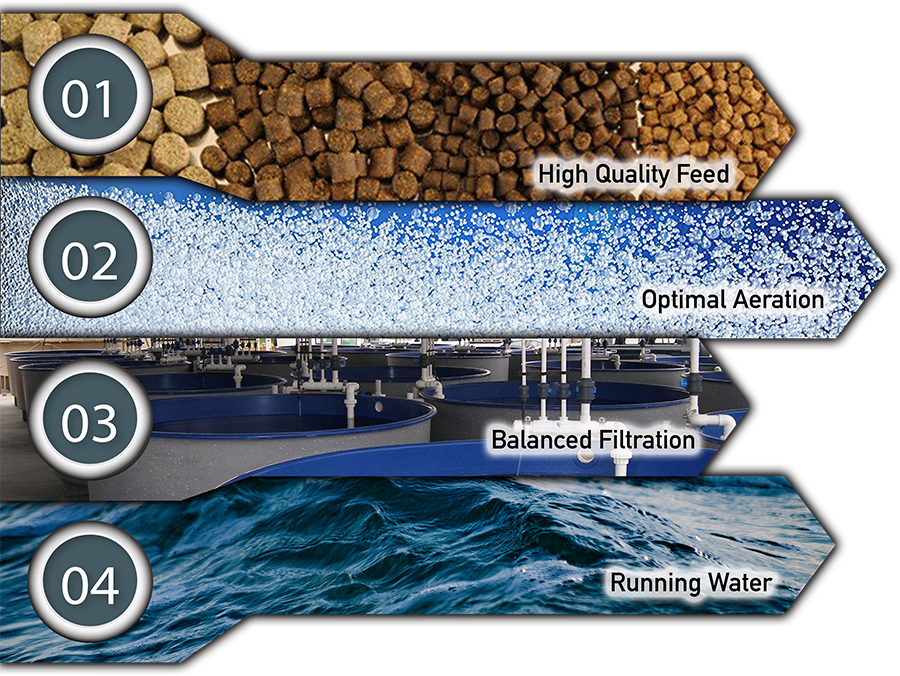
Aquaponic production standards extend beyond Organic certification. Truth be told, there are synthetic inputs allowed in bringing organic produce to the market. On the other hand, not only does aquaponics have a superior production ethic, but also has the most plant compatible, nutrient system in the business.
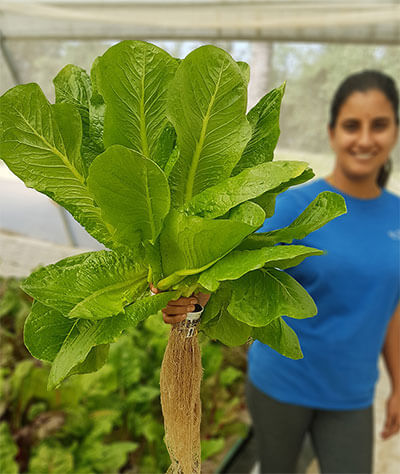
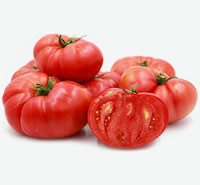
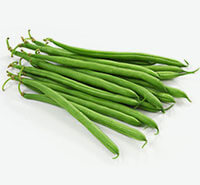


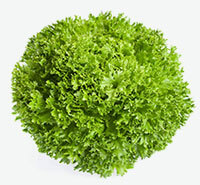
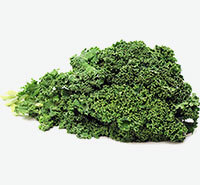
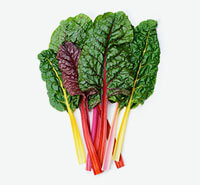
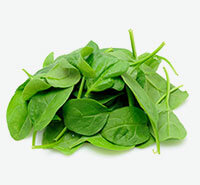
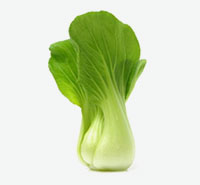
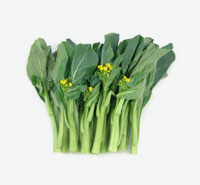
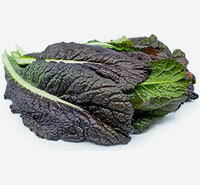
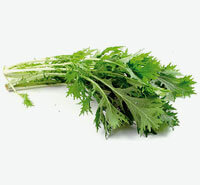




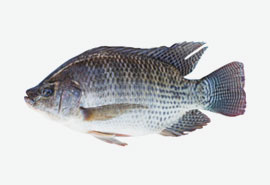


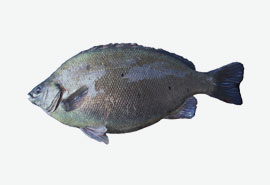


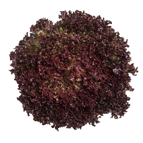
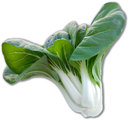

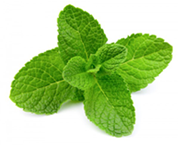
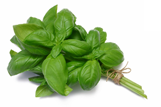












The WaterFarmers methodology has evolved a multivariate design involving a combination of growing techniques in a closed loop system, eliminating waste discharge entirely, yet maximizing the efficiency of the nutrient conversion cycle through management of flow rates and nutrient distribution. Combined with a reliable supplier network and a proven project roll out plan, Waterfarmers is a global leader in the field of commercial Aquaponics.